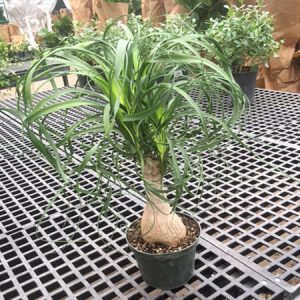Description
Aronia – Chokeberry
There are 3 species of deciduous shrubs, in this genus. They occur from woodland clearings, scrub and swamps in Eastern North America and with one species being a natural occurring hybrid. They are grown for their white sometimes pink-tinged flowers borne in late spring carried in corymbs to 2 ½” wide and for their alternate simple oval, finely toothed 3-4” long leaves that have colorful autumn colors of red and crimson. Their spherical red, purple or black fruit that are borne in late summer and autumn and are also a feature.
Grow these frost hardy plants in any moist but well-drained soil in sun or partial shade. They can tolerate wet and dry soils.
Prone to Mycosphaerella leaf spot, Cercospora leaf spots, rust, pear slugs, cherry slugs, and the larva of a sawfly.
Aronia x prunifolia – Purple Chokeberry – This variable erect shrub is a naturally occurring cross between Aronia arbutifolia and Aronia melanocarpa from Eastern North America and it grows 10’ feet tall and spreads to about 8’ feet wide. It produces egg shape matte dark green leaves that are hairy on the undersides, which turn bright red in autumn. In late spring it bears corymbs of white sometimes pink-tinged flowers to ½” wide. Purple-black berries to 3/8” wide follow fruits
Zones 5-9





